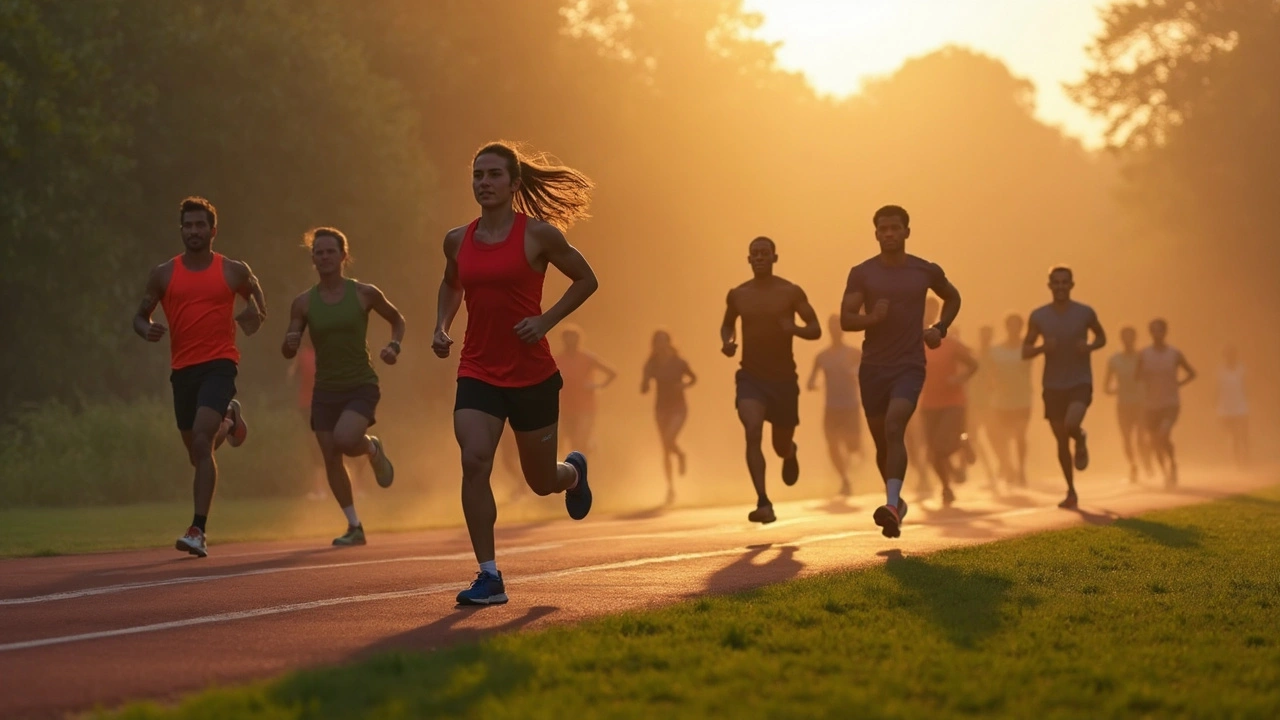Massage doesn't have to be fancy. Knowing a few solid techniques helps soothe sore muscles, calm your mind, and speed recovery after workouts. This guide shows practical, easy-to-learn moves you can use at home or share with a partner. Read it and try one or two moves the next time your neck or lower back protests.
Start with the basics: Swedish strokes, kneading, and friction. Swedish strokes are long, gliding movements that warm tissue and improve circulation. Use your palms or forearms, move toward the heart, and keep pressure steady. Kneading lifts and rolls muscle with your fingers and thumbs—great for tight shoulders. Friction uses small, deep circles to break up knots; it’s firm but short, not a constant press.
Neck and shoulders: Sit or lie with support. Use your thumbs to press along the base of the skull and down the shoulder blades in small circles. Alternate with broad palm strokes from the shoulder toward the neck. If you feel sharp pain, ease off.
Lower back: Place a pillow under your hips for support. Use flat hands to apply even pressure along the sides of the spine, avoiding direct pressure on the vertebrae. Try gentle kneading of the outer muscles and finish with long strokes from hips to rib cage to relax the area.
Legs and calves: Start at the ankle and stroke upward to promote blood flow. Use both hands to squeeze and roll the muscle between thumbs and fingers—this helps flush out lactic acid after exercise. For the calves, compress with both palms and slowly slide upward toward the knee.
Keep your hands warm and use a bit of oil or lotion to reduce friction. Communicate: ask about pressure and stop if someone feels numbness or tingling. Avoid deep work over bruises, open wounds, or areas with recent surgery. People with blood clots, severe osteoporosis, or certain heart issues should check with their doctor first.
Use breath to enhance the effect: ask the receiver to inhale as you apply pressure and exhale as you release. Short sessions of 10 to 20 minutes often help more than one long, painful session. For self-massage, tools like a tennis ball, foam roller, or massage stick let you reach tight spots without straining your hands.
If you want more than basic relief, look for a licensed massage therapist who offers sports, deep tissue, or therapeutic massage. Licensed pros read body cues, tailor pressure, and combine techniques safely. Still, basic methods do most of the everyday work: easing tension, helping sleep, and speeding recovery.
Practice a few moves twice a week, and you'll notice better flexibility and fewer aches. Start gently, ask questions, and pick techniques that match the pain or goal. Massage is simple care you can learn fast and use often.
Want guided help? Try a short online tutorial or a one-time session with a therapist to learn proper form safely and confidently.

This guide breaks down everything you need to know about sports massage techniques. Learn which moves really make a difference and why even weekend warriors can benefit. Get tips on how to use these methods for faster recovery, injury prevention, and peak performance. Whether you're a pro athlete or just trying to keep up at the gym, you'll find practical advice that fits your life. No nonsense, just straight-up answers to the questions you're actually asking.
Read More